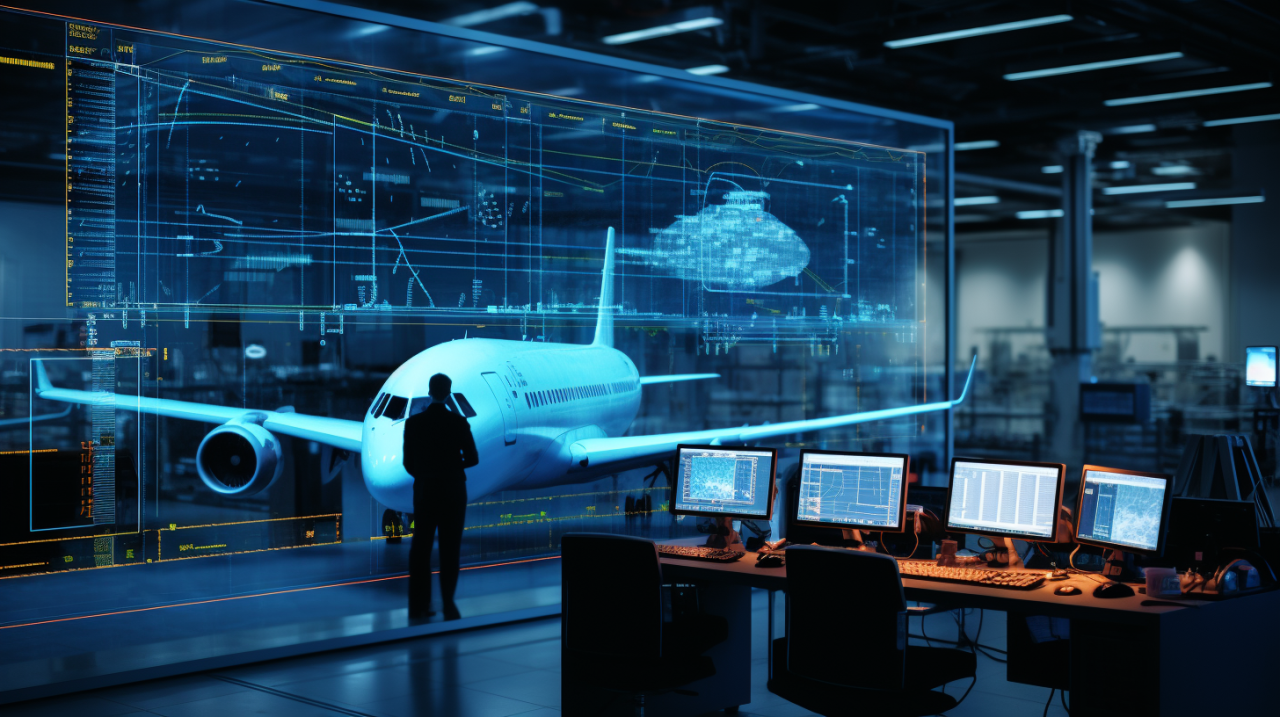The integration of AI for satellite image analysis is reshaping the landscape of earth observation. In recent years, this technology has become a cornerstone in enhancing how we interpret and utilize data from space. With its growing significance, understanding how AI enhances satellite image interpretation is crucial for anyone interested in the aerospace industry, including aerospace enthusiasts.

Understanding Satellite Image Analysis
Satellite images provide a top-down view of the Earth’s surface, offering invaluable insights into various phenomena. Traditionally, interpreting these images required extensive manual effort. However, with the advent of AI, this process has become more efficient and accurate.
The Role of AI in Image Processing
AI technologies, particularly machine learning and deep learning, have revolutionized the way we process these images. These technologies allow for the automation of image classification, feature extraction, and change detection, making the analysis faster and more reliable.
Applications of AI in Satellite Image Analysis
The applications of AI in satellite image analysis are vast and varied. From monitoring environmental changes to improving urban planning, AI’s capabilities are transforming numerous sectors.
Environmental Monitoring
One of the most significant applications is in environmental monitoring. AI algorithms can detect changes in land use, deforestation, and even predict natural disasters, providing critical data for environmental protection efforts.
Urban Planning and Development
In urban planning, AI helps in analyzing satellite images to assess infrastructure development, monitor urban sprawl, and plan new developments. This application is crucial for sustainable city planning.
Disaster Management
AI can quickly analyze satellite images to assess damage from natural disasters such as floods, earthquakes, and hurricanes. This rapid assessment aids in timely disaster response and recovery efforts.
Technological Innovations Driving AI in Satellite Image Analysis
The continuous advancements in AI technologies are enhancing satellite image analysis capabilities. Innovations such as neural networks and computer vision are at the forefront of this transformation.
Neural Networks
Neural networks, particularly convolutional neural networks (CNNs), are highly effective in image recognition tasks. They enable the identification of complex patterns and features in satellite images.
Computer Vision
Computer vision, a field of AI, is extensively used to interpret and understand satellite images. It allows for the extraction of meaningful information from images, facilitating better decision-making.
Challenges in Implementing AI for Satellite Image Analysis
Despite its benefits, implementing AI in satellite image analysis poses certain challenges. These include data quality, computational requirements, and the need for specialized expertise.
Data Quality and Availability
The quality and availability of data are critical for accurate AI analysis. Ensuring high-resolution images and consistent data supply is essential for effective analysis.
Computational Power
AI algorithms require significant computational power for processing large volumes of satellite data. This necessitates investment in advanced computing infrastructure.
Expertise and Training
Implementing AI in this field requires specialized expertise. Training professionals in AI technologies is crucial for maximizing the potential of satellite image analysis.
The Future of AI in Satellite Image Analysis
The future of AI for satellite image analysis is promising. As technology advances, we can expect even more sophisticated and precise analysis capabilities.
Integration with Other Technologies
The integration of AI with other technologies such as the Internet of Things (IoT) and Geographic Information Systems (GIS) will further enhance analysis capabilities, providing more comprehensive solutions.
Increased Accuracy and Efficiency
Advancements in AI will lead to increased accuracy and efficiency in satellite image analysis, benefiting sectors such as agriculture, forestry, and climate science.
Conclusion
In conclusion, AI for satellite image analysis is a transformative force in the aerospace industry. Its ability to automate and enhance image interpretation is invaluable for various applications, from environmental monitoring to urban development. As AI technology continues to evolve, its impact on satellite image analysis will only grow, offering exciting opportunities for innovation and progress.

FAQs
What is the primary benefit of using AI in satellite image analysis?
The primary benefit is the automation of image processing, which increases accuracy and efficiency in analysis.
How does AI improve environmental monitoring with satellite images?
AI enhances environmental monitoring by detecting changes in land use, predicting natural disasters, and providing critical data for protection efforts.
What challenges does AI face in satellite image analysis?
Challenges include data quality, computational requirements, and the need for specialized expertise.

